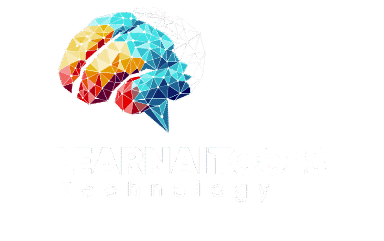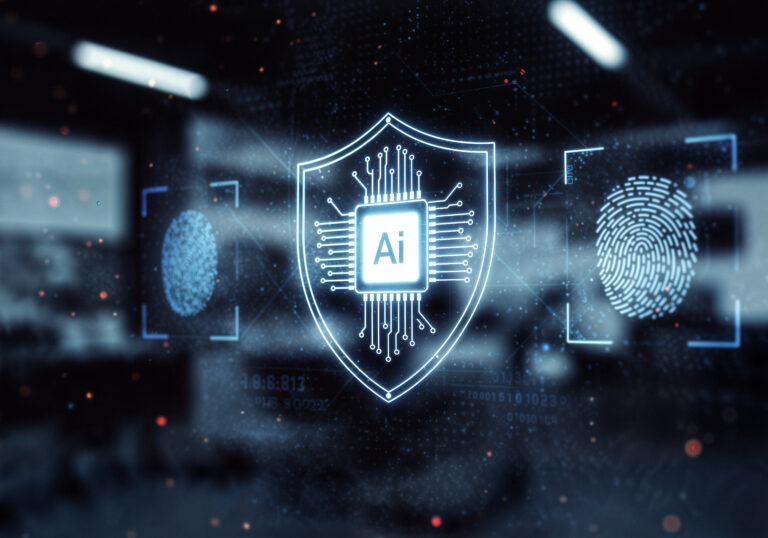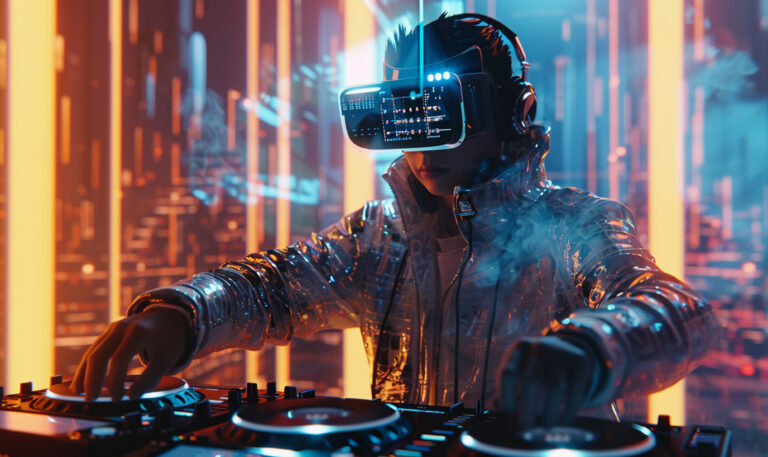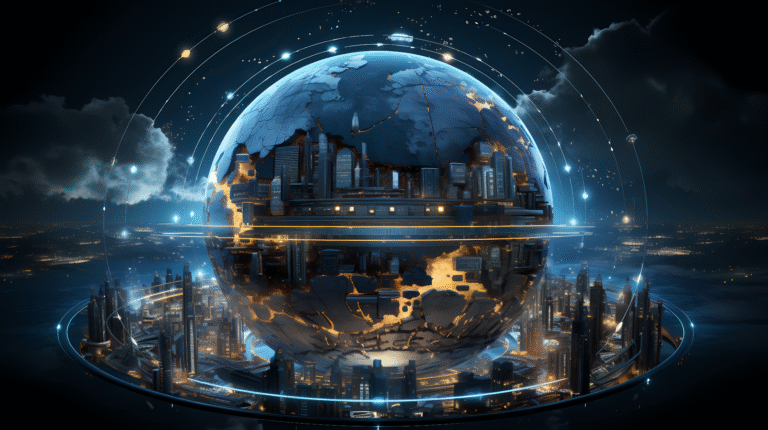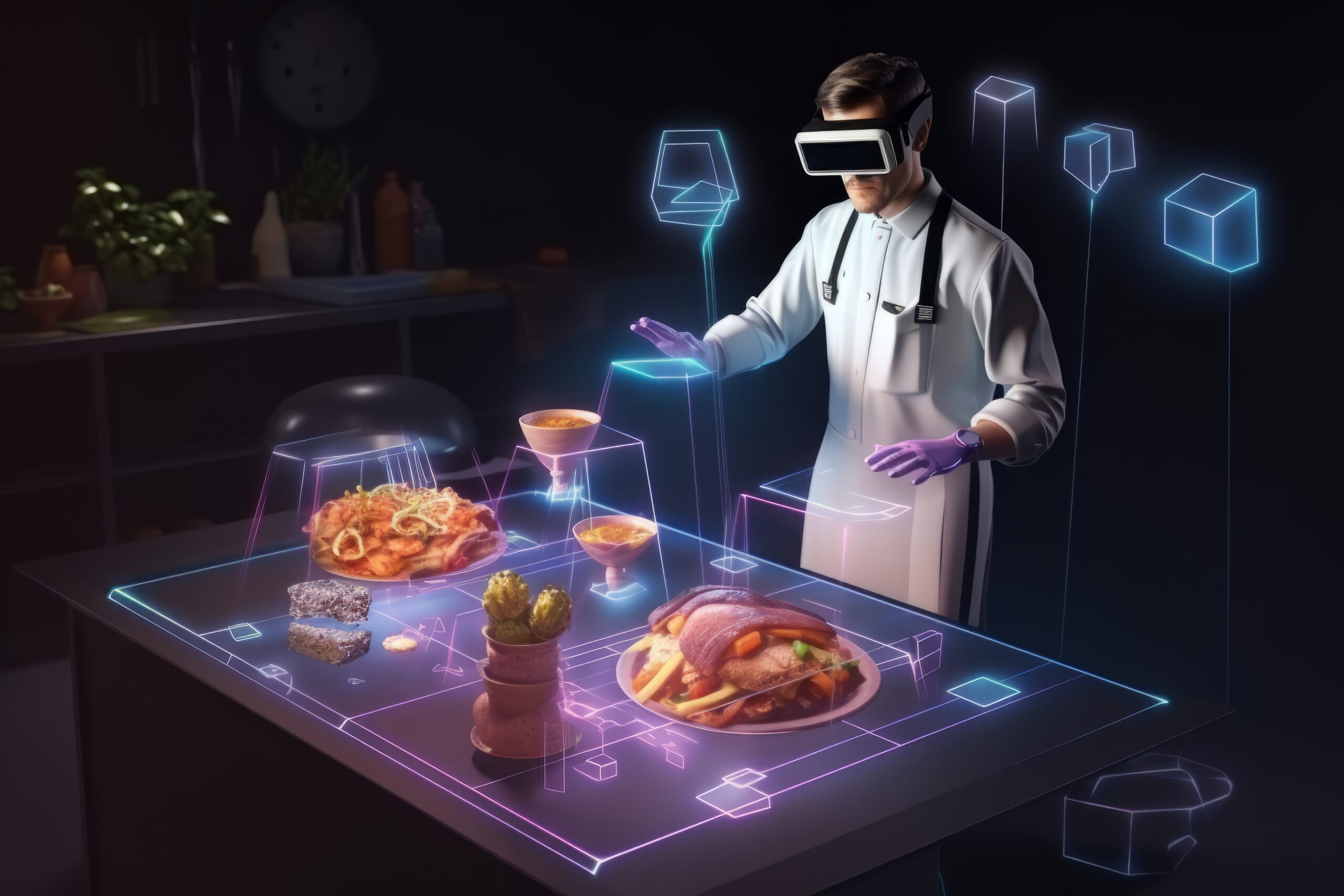
AI Food Innovation 2025: Redefining the Future of Food
Introduction
AI Food Innovation 2025 is transforming the way we grow, process, distribute, and consume food. As global challenges like climate change, population growth, and food scarcity increase, artificial intelligence is stepping in as a powerful partner for sustainable, efficient, and healthier food systems. By 2025, AI is no longer just a tool—it is a necessity for solving food-related challenges and creating a future where no one goes hungry.
AI Food Innovation 2025: Smarter Farming and Agriculture
AI Food Innovation 2025 begins at the root of the food chain—agriculture. Farmers are leveraging AI-powered sensors, drones, and predictive analytics to monitor soil health, track crop growth, and predict yields with unprecedented accuracy. AI algorithms can analyze weather data, detect pest infestations early, and even recommend sustainable farming practices.
With AI-driven precision agriculture, food production is becoming more resource-efficient, reducing water usage, pesticides, and energy consumption while maximizing crop yield. This innovation not only ensures higher productivity but also makes farming more eco-friendly.
AI Food Innovation 2025 in Food Safety and Quality Control
AI Food Innovation 2025 also plays a crucial role in ensuring that the food reaching our plates is safe and of high quality. AI-powered machines can detect contamination, monitor food supply chains, and check for freshness at every stage. From scanning fruits for ripeness to identifying harmful bacteria, AI is making food safety smarter and faster.
Supermarkets and food companies are increasingly adopting AI-based image recognition systems to grade food quality. This ensures that consumers always receive products that meet strict safety standards.
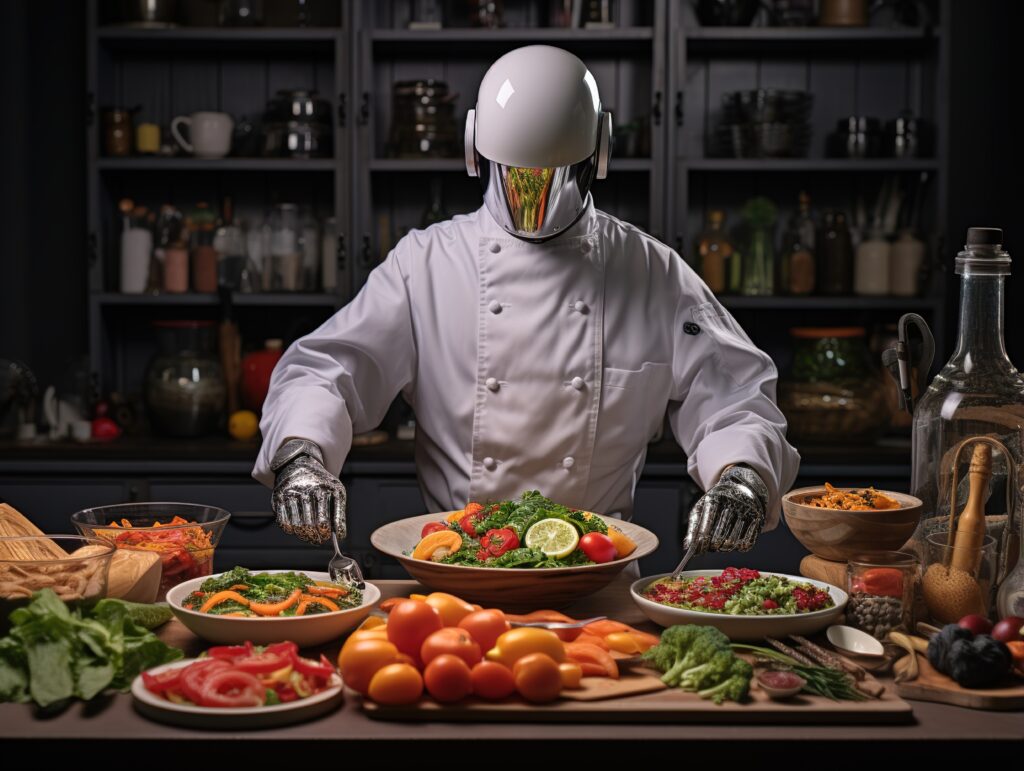
AI Food Innovation 2025: Personalized Nutrition
AI Food Innovation 2025 is reshaping the way people think about diet and nutrition. Personalized meal planning apps powered by AI can analyze a person’s health data, lifestyle, and preferences to recommend diet plans tailored to individual needs.
For example, AI can help diabetics manage their diet by suggesting low-sugar alternatives or guide athletes to meet their protein and nutrient requirements. This personalized approach ensures not only healthier individuals but also reduced healthcare costs in the long run.
AI Food Innovation 2025 in Food Processing and Packaging
Food companies are increasingly adopting AI to optimize food processing and packaging. AI-powered robots can handle repetitive tasks like sorting, cutting, and packaging at high speeds while maintaining quality.
AI Food Innovation 2025 also ensures sustainability by minimizing food waste. AI can predict demand patterns, helping companies produce the right amount of food while reducing excess stock. Additionally, AI-driven packaging solutions are using biodegradable materials and smart labels that provide real-time freshness updates.
AI Food Innovation 2025: Tackling Global Hunger
One of the most impactful aspects of AI Food Innovation 2025 is its potential to fight global hunger. By improving supply chain efficiency, AI ensures that surplus food reaches communities in need instead of being wasted. Predictive AI models help governments and NGOs identify hunger-prone areas and deliver aid more effectively.
AI-powered platforms are also connecting farmers directly to consumers, reducing middlemen and ensuring fair prices. This innovation not only benefits farmers but also makes food more affordable for everyone.
AI Food Innovation 2025 in Alternative Foods
AI Food Innovation 2025 is fueling the development of plant-based meat, lab-grown proteins, and alternative dairy products. By analyzing taste preferences, texture, and nutritional content, AI is helping scientists create sustainable alternatives that taste just like traditional foods.
This revolution is reducing the environmental impact of livestock farming while offering consumers healthier, cruelty-free options. Companies like Beyond Meat and Impossible Foods are already using AI-driven research to improve taste and scalability.
AI Food Innovation 2025: AI and Restaurants
Restaurants are adopting AI for everything from menu design to automated cooking. AI-powered robots can prepare meals with precision, while chatbots handle customer orders. Smart kitchens can predict customer preferences and adjust menus in real time.
AI Food Innovation 2025 is also helping restaurants minimize food waste by analyzing past orders and predicting future demand. This ensures cost savings for businesses and sustainable practices for the environment.
Challenges in AI Food Innovation 2025
Despite its immense potential, AI Food Innovation 2025 faces challenges such as:
- High costs of AI adoption in small-scale farming.
- Concerns over data privacy when dealing with personal health information.
- Ethical debates about lab-grown foods and genetically modified crops.
- The digital divide that limits AI access in developing countries.
Addressing these challenges requires collaboration between governments, tech companies, and farmers to ensure AI benefits everyone.
AI Food Innovation 2025: A Sustainable Future
AI Food Innovation 2025 is more than just technology—it is a revolution shaping a healthier and more sustainable world. By 2025, AI-driven solutions will ensure better crop yields, safer food, personalized nutrition, and reduced waste.
This transformation will not only fight global hunger but also promote environmental sustainability. As industries, governments, and individuals embrace AI, the food sector will evolve into a smarter, fairer, and greener system.
Conclusion
AI Food Innovation 2025 represents the future of food—one that combines intelligence, sustainability, and inclusivity. From farms to kitchens, AI is redefining every step of the food journey, ensuring that technology serves humanity in the most essential way possible: by nourishing lives.
